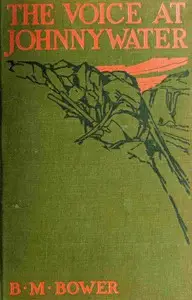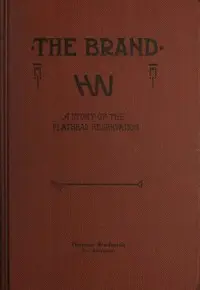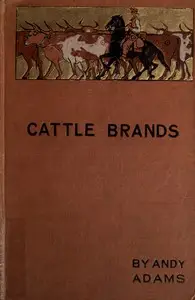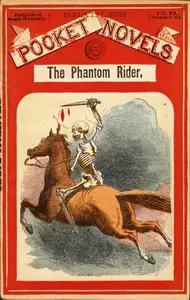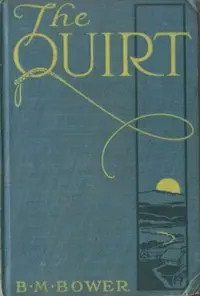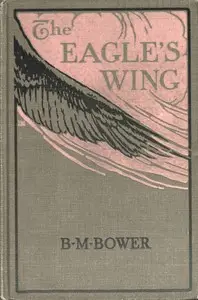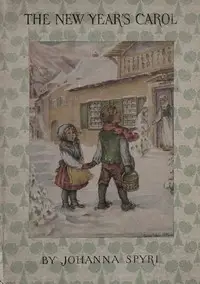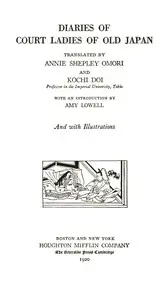"The Phantom Herd" by B. M. Bower is a story about Luck Lindsay, a movie director struggling with how filmmaking changes the old American West. Luck wants his movies to be real, showing what life was like with cowboys and Native Americans, but those ways of life are disappearing. Returning actors to their reservation after filming, Luck feels strongly about keeping his movies true to life. He’s not happy because the Acme Film Company wants to save money by hiring average actors instead of real cowboys and Indians. He's frustrated with how business is changing things and wants to make Westerns that truly show the past. His journey takes him through different towns where he sees a changing world and wishes to discover genuine stories in the evolving culture.

The Phantom Herd
By B. M. Bower
A director chases authenticity in his Western films as the real cowboys and Native American ways of life fade away.
Summary
About the AuthorBertha Muzzy Sinclair or Sinclair-Cowan, née Muzzy, best known by her pseudonym B. M. Bower, was an American author who wrote novels, fictional short stories, and screenplays about the American Old West. Her works, featuring cowboys and cows of the Flying U Ranch in Montana, reflected "an interest in ranch life, the use of working cowboys as main characters, the occasional appearance of eastern types for the sake of contrast, a sense of western geography as simultaneously harsh and grand, and a good deal of factual attention to such matters as cattle branding and bronc busting." She was married three times: to Clayton Bower in 1890, to Bertrand William Sinclair in 1905, and to Robert Elsworth Cowan in 1921. However, she chose to publish under the name Bower.
Bertha Muzzy Sinclair or Sinclair-Cowan, née Muzzy, best known by her pseudonym B. M. Bower, was an American author who wrote novels, fictional short stories, and screenplays about the American Old West. Her works, featuring cowboys and cows of the Flying U Ranch in Montana, reflected "an interest in ranch life, the use of working cowboys as main characters, the occasional appearance of eastern types for the sake of contrast, a sense of western geography as simultaneously harsh and grand, and a good deal of factual attention to such matters as cattle branding and bronc busting." She was married three times: to Clayton Bower in 1890, to Bertrand William Sinclair in 1905, and to Robert Elsworth Cowan in 1921. However, she chose to publish under the name Bower.

